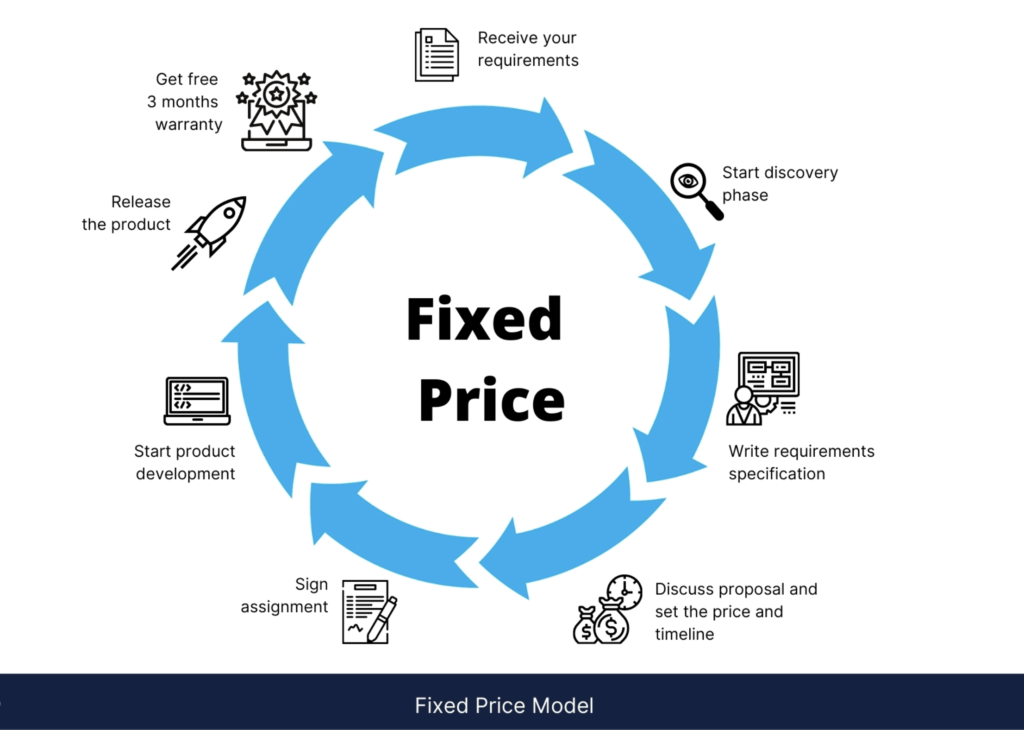
AI Outsourcing For Fintech – Boost Innovation
The financial technology world is changing fast. Now, advanced algorithms and smart systems handle tasks like fraud detection and personalized banking. This change brings both

Selecting the appropriate contractual framework is a critical decision when embarking on a partnership with a software development firm. The objective is to avoid the bureaucratic trappings of contract negotiations that can impede progress. The ideal contract is one that is adaptable, allowing for the client to have control over the direction of the development while maintaining agility in operations. In pursuit of a deeper understanding of software development contracts, insights were sought from Ethan Head of Service Delivery at Dev Station Technology. His expertise also contributes to our comprehensive guide on software development outsourcing, which is recommended for a broader strategic perspective.
A fixed-price contract is a pre-defined agreement that stipulates the development of a specific product within a set timeframe and at a fixed cost. It is designed for those with a fixed budget and clear objectives regarding timelines, costs, and deliverables.
Despite its clear budgetary benefits, the fixed-price model often entails extensive planning, sometimes more arduous than the development process itself. One inherent drawback is the presumption of a fixed scope, which does not account for the dynamic nature of software development where changes are inevitable due to new ideas, user feedback, market shifts, and other variables.
The rigidity of fixed-price contracts can hinder the incorporation of valuable new features, necessitating a formal change request process that can be cumbersome and time-consuming.
The largest misconception in fixed-price contracts is the assumption that initial specifications will align perfectly with the end-users’ needs. In practice, unforeseen challenges can render some features difficult to implement or necessitate additional functionality, potentially leading to budget overruns or a compromised product.
The feedback loop is often elongated under fixed-price models, further delaying the development process and making it less responsive to change 
We are an expert mobile app development company that specializes in building native iOS and Android applications.
You’ve already read this far and know roughly what we charge and how it increases the price, so no need to be scared and just shoot us a message.
If you’d like any help scoping out your project, developing your apps, or requiring some advice, get in touch, and we’ll be delighted to help you.

The financial technology world is changing fast. Now, advanced algorithms and smart systems handle tasks like fraud detection and personalized banking. This change brings both

The Internet of Things (IoT) is changing big industries fast. It brings smart systems to places like hospitals and factories. These systems help keep patients

© Copyright 2025 by DEV STATION TECHNOLOGY DEVELOPMENT CO., LTD, #1 Software Development Company in Vietnam. All Rights Reserved.